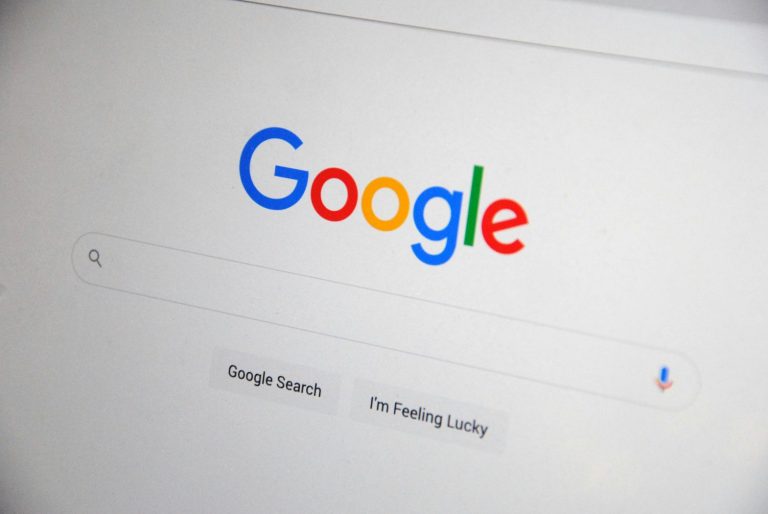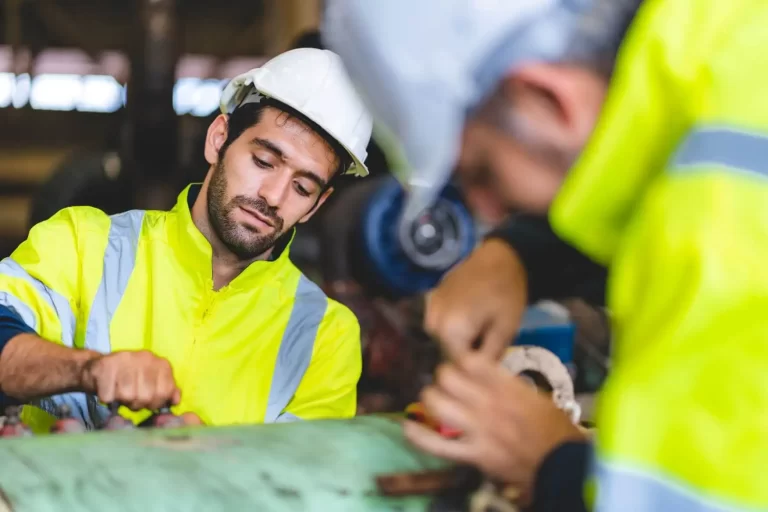
How to check for AI-generated content
Concerned that you’ve solicited human-written content but received an alternative by artificial intelligence (AI) instead? While Google doesn’t expressly penalise AI-generated content, it does value
Eager to ensure your target audience finds your well-written, relevant and informative content? Before you begin to brainstorm ideas for new and unique content that’ll draw in potential customers, it’s essential that you optimise your existing content first. To do this, we recommend giving your high-quality content a helping hand with a touch of effective content SEO (Search Engine Optimisation).
However, this is by no means a small job. From product pages and service pages to blog posts and even those essential terms and conditions pages, the majority of websites are populated with important content that requires optimising.
To discover how to make these pages and their sought-after content show up in all the right places, simply carry on reading!
If you’re new to content optimisation, then you might want to find out more about what it involves and why.
Put simply, content optimisation refers to ensuring that content is written in such a way that it reaches the largest possible target audience.
The content optimisation process has various components and is often supported by different SEO tools and expertise.
Optimised content is simply another component of SEO. The overall aim of SEO is to encourage search engines like Google to rank your website higher than those of your competitors. Optimised content supports this because search engine robots are able to identify this content, assess its value and ensure it’s more visible in SERPs than content that hasn’t been optimised.
Due to the fact that content optimisation helps search engines to find and rank your content with ease, it can make your content more accessible and visible to your target audience. If a greater proportion of your target audience is able to find your content, then you’re likely to see significant improvement in many different areas across your business.
You might see, for example, an increase in conversions, higher numbers of website visitors or a greater number of enquiries and phone calls. Put simply, optimised content is search engine-friendly content – something that every business, regardless of whether they operate online or have a brick-and-mortar store, will benefit from.
The components of content optimisation include the creation of meta titles, the incorporation of valuable keywords and the inclusion of links from authoritative domains.
We explore each one of these key components in greater detail below.
Conducting keyword research is vital to ensuring search engines list your content in the appropriate places for the right people, promoting a higher CTR (click-through rate). Once you’ve identified relevant keywords with enough monthly search volume for the piece of content you’re trying to optimise, it’s important to include them throughout your work. You should also identify and include semantically related, synonymous and secondary keywords to increase the likelihood of your target audience finding your content.
However, it’s crucial that you avoid ‘keyword stuffing’ – the process of adding lots of very broadly related keywords into your content simply because they rank highly and not because they are useful or relevant to your content. Google and other search engines will not rank highly those websites that engage in this practice because it is considered to be misleading and unhelpful for the target audience.
Meta titles, meta descriptions and meta tags are instrumental for the ranking purposes of many search engines and encouraging the reader to click through to your website from the SERPs (Search Engine Results Pages).
To understand more about the content of a page, search engines use invisible tags called meta tags (such as the <title> and <description> elements) to rank content.
The meta title, on the other hand, refers to the text that appears for any page in the SERPs. The terms and conditions page of your website, for example, will typically appear as ‘Website Name – Terms and Conditions’. Similarly, the meta description refers to the snippet of text (up to 160 characters in length) that appears beneath the meta title and encourages the reader to click through to the page itself.
Continuing with our ‘Terms and Conditions’ example, the meta description might state ‘Looking for our legal agreements? Find out more about the terms, rules and guidelines of using our website here.’ Combined, these meta components can significantly improve the ranking on a web page, boosting the CTR and even increasing conversions as a result.
What are backlinks and how do they work? Put simply, backlinks are links from one website page to a page on another website. Backlinks work like a vote – if a website links to your content, this website is, in essence, vouching for your content. While backlinks from websites with low domain authority scores can have a negative influence on where you content ranks, high-quality backlinks from domains with high scores can lead to fantastic SERPs results.
If your web page has plenty of domains with high authority scores linking to it, you’re likely to see Google and other search engines rank it higher than similar content from your competitors. Creating a backlinking strategy and using backlink outreach can therefore help you to secure valuable backlinks throughout your content.
If your business requires a helping hand when it comes to optimising your content and SEO efforts, why not get in touch today? Here at Aqueous Digital, we have years of invaluable experience optimising content and creating devising content strategies that deliver impressive results for a wide range of clients.
Regardless of whether you want to drive more organic traffic to your website, reduce your bounce rate, or encourage more customers to get in contact or convert, we can help. Specialising in paid and organic search, content and reputation management, we support our clients by helping them to reach their wider business goals. Ready to get in contact with our Liverpool team?
To find out more about our SEO and marketing services, please feel free to give us a call on 0800 285 1424 or send your enquiry to our team via email at agency@aqueous-digital.co.uk. Alternatively, we’ve also created a handy online contact form that can be filled in and submitted outside of our opening hours.
Once we’ve received your enquiry, we’ll ensure a member of our team gets in touch to discuss your specific requirements. From here, we can also provide you with a free website health check and a no-obligation consultation, providing you with plenty of free feedback and suggestions for improvement – we hope to hear from you soon!
Digital marketing channels: Which one should you choose?
How AI is becoming more prominent in digital marketing
How to create a results-driven digital marketing campaign
SEO for YouTube: How to optimise YouTube videos for search
How to boost your website’s domain authority
What is Evergreen Content and why does it matters for SEO?
Why we build backlinks to your website
How to develop a content strategy for SEO
Content is King. What is content marketing?
Creating great content: How to write for SEO
How digital marketing has changed over the years
How video content can elevate your website
Top 20 Facts about Manchester You Never Knew
Aqueous Digital’s Ultimate Guide to the cost of SEO in the UK
Aqueous Digital’s Guide to the Top 501 SEO and Digital Marketing Terms
How video content can elevate your business

Concerned that you’ve solicited human-written content but received an alternative by artificial intelligence (AI) instead? While Google doesn’t expressly penalise AI-generated content, it does value

At Aqueous Digital, we’ve long maintained the belief that the concept of reviewing companies is flawed, having a significant effect on the success of businesses

Searching for different ways to connect with your target audience? With curated content, you can engage key demographics that are vital for the success of

Taking no less than two weeks to complete, Google’s first core update of the year has now finished rolling out, as reported by Search Engine

It’s no secret that ever since the early 2000’s, Google has been the go-to search engine for online users across the world, but with AI

Struggling to determine how much money your construction business should be dedicating to your marketing efforts? As award-winning digital marketing experts, the Aqueous Digital team